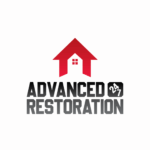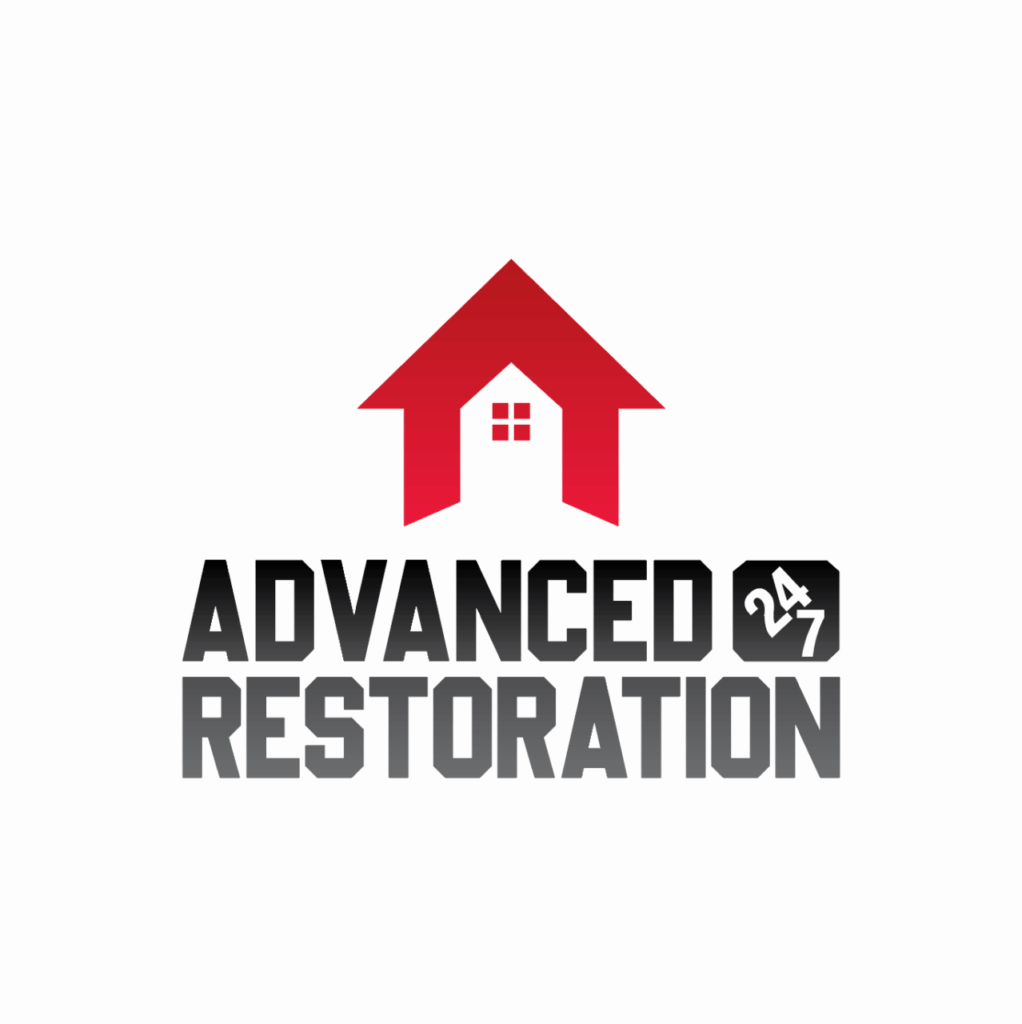Managing insurance claims for burst pipe restoration? First, understand your coverage options. Document all damages with clear photos. Submit the claim promptly with the necessary proof. Negotiate with adjusters using clear communication. Get professional estimations for restoration costs. Handle denials by reviewing reasons and contacting your provider. Need more tips for a successful claim process?
Key Takeaways
- Understand policy coverage and limits for restoration planning.
- Document all damages with photos, descriptions, and estimates.
- Promptly submit a claim with clear documentation and cooperate with adjuster.
- Negotiate with adjusters using clear communication and documentation.
- Seek professional restoration estimations for accurate costs and timelines.
Understanding Insurance Coverage Options
When dealing with burst pipe restoration insurance claims, you should carefully review your policy to understand the coverage options available to you. Understanding your insurance coverage is vital in ensuring that you receive the support you need during this stressful time.
One key aspect to pay attention to is coverage exclusions. These are specific situations or items that aren’t covered by your policy. By being aware of these exclusions, you can avoid unexpected surprises when filing a claim.
Additionally, it’s essential to be mindful of your policy limits. Policy limits refer to the maximum amount your insurance company will pay for a covered loss. Exceeding these limits could leave you financially responsible for the remaining costs. Knowing your policy limits can help you plan accordingly and make informed decisions regarding your burst pipe restoration process.
Documenting the Burst Pipe Damage
Have you thoroughly documented the damage caused by the burst pipe? When dealing with burst pipe restoration claims, providing as much evidence as possible to support your case is important. Start by taking clear photo evidence of all affected areas. These photos should capture the extent of the damage, including any water stains, structural issues, and ruined belongings. Additionally, accompany these visuals with detailed descriptions of the damage. This combination of visual and written evidence will strengthen your claim and help make certain that all damages are accounted for during the restoration process.
Furthermore, when seeking reimbursement for burst pipe damages, obtaining repair estimates and itemized invoices from professionals is essential. These documents will outline the necessary repairs and associated costs, providing your insurance company with a clear breakdown of the restoration expenses. By presenting these estimates and invoices, you demonstrate the specific financial impact of the damage caused by the burst pipe.
Submitting the Claim to Insurance
For a smooth process, promptly submit your burst pipe restoration insurance claim with all necessary documentation. The claim submission process is important in initiating the insurance coverage for your burst pipe damages. Insurance requirements may vary, but typically, you will need to provide details such as the cause of the burst pipe, the extent of the damage, and any relevant receipts or invoices.
To help you understand the significance of submitting a thorough claim, here is a breakdown of the typical steps involved in the claim investigation and adjuster assessment:
| Claim Submission Process | Insurance Requirements |
|---|---|
| Report the burst pipe damage to your insurance company | Provide details on the cause of the burst pipe and when it occurred |
| Submit all necessary documentation, including photos of the damage | Include estimates for restoration and any relevant receipts or invoices |
| Cooperate with the insurance adjuster assigned to your claim | Allow access for assessment and evaluation of the damage |
| Await the adjuster’s report and assessment of the claim | Be prepared to discuss the findings and negotiate if necessary |
| Finalize the claim process based on the adjuster’s evaluation | Review the settlement offer and make sure it covers all necessary repairs |
Negotiating With Insurance Adjusters
Engage proactively with insurance adjusters to effectively negotiate the best settlement for your burst pipe restoration claim. When dealing with insurance adjusters, it’s important to employ smart tactics to maximize your insurance payouts and secure the best claim settlement possible.
Here are some key strategies to help you navigate the negotiation process smoothly:
Prepare Thoroughly: Before engaging with the insurance adjuster, gather all necessary documentation, including photos, receipts, and any other evidence related to the damage caused by the burst pipe. Being well-prepared will strengthen your position during negotiations.
Communicate Clearly: Maintain open and transparent communication with the adjuster. Clearly explain the extent of the damage, the costs involved in the restoration process, and any additional expenses you may have incurred as a result of the burst pipe.
Be Persistent but Polite: It’s essential to stand your ground when negotiating for a fair settlement. However, remember to remain polite and professional throughout the process. Building a positive rapport with the adjuster can work in your favor.
Seek Professional Guidance if Needed: If you encounter difficulties in reaching a satisfactory agreement with the adjuster, consider seeking assistance from a public adjuster or legal counsel. These professionals can provide valuable expertise and support in handling complex negotiations.
Professional Restoration Estimations
Operating professional restoration estimations requires precise evaluation of the damage caused by the burst pipe to determine the scope and cost of the restoration process. Estimation accuracy is essential to guarantee that all the damage is properly addressed, avoiding unexpected costs or incomplete restoration. The restoration process timeline also depends on the accuracy of these estimations, as it sets the pace for how quickly your home can be restored to its pre-damage condition.
To give you a better understanding of how professional restoration estimations work, take a look at the table below:
| Estimation Step | Description |
|---|---|
| Initial Assessment | Evaluate the extent of damage and create a detailed plan for restoration. |
| Cost Estimation | Calculate the costs involved in materials, labor, and equipment for the restoration. |
| Timeline Projection | Provide an estimated timeline for each phase of the restoration process. |
| Adjustments and Updates | Make any necessary adjustments to the estimation as the restoration progresses. |
| Final Evaluation | Conduct a final evaluation to ensure all aspects of the restoration are completed as planned. |
Tracking Claim Progress and Payments
When tracking your claim progress and payments, make sure you grasp the payment verification process and the timelines for reimbursements.
Stay proactive in following up on any outstanding issues to expedite the resolution and receipt of your insurance claim funds.
Payment Verification Process
How can you effectively track the progress and payments of your burst pipe restoration insurance claim? To guarantee a smooth payment verification process and avoid claim reimbursement delays, follow these steps:
Create a Claim File: Keep all claim-related documents organized in one place.
Regularly Communicate: Stay in touch with your insurance company for updates on your claim status.
Monitor Payments: Keep track of all payments made by the insurance company and compare them to your records.
Address Delays Promptly: If there are any delays in claim reimbursement, reach out to your insurer to understand the reasons and expedite the process.
Timelines for Reimbursements
To effectively monitor the progress and payments of your burst pipe restoration insurance claim, it’s essential to adhere to specific timelines for reimbursements. Keeping track of payment timelines and being aware of potential reimbursement delays can help you navigate the claim process smoothly.
By staying informed about the expected timeframes for claim adjustments, you can better anticipate when to expect reimbursements for your restoration expenses. Promptly following up on any delays in reimbursements and staying proactive in monitoring the status of your claim can guarantee that you receive the necessary payments in a timely manner.
Handling Claim Denials and Disputes
When faced with claim denials or disputes, it’s essential to appeal denied claims and work towards resolving any disagreements with your insurance provider promptly.
By understanding the reasons for denials and communicating effectively, you can increase your chances of a successful resolution.
Remember to stay proactive and persistent in advocating for your rights throughout the claims process.
Appeal Denied Claims
If your burst pipe restoration insurance claim has been denied, consider taking the following steps to appeal the decision:
Review the Denial Letter: Carefully go through the denial letter to understand the reasons for the denial.
Contact Your Insurance Company: Reach out to your insurance company to discuss the denial and seek clarification on the decision.
Provide Additional Information: If you believe the information was missing or misunderstood, submit any additional documentation or evidence to support your claim.
File an Appeal: Follow the appeal process outlined by your insurance provider, which may involve submitting a formal appeal letter and supporting documents to request a review of the denied claim.
Resolve Claim Disputes
Wondering how to handle claim denials and disputes with your insurance company effectively?
When faced with a denied claim or dispute, remaining calm and collected is essential. Start by reviewing your policy in detail to understand the coverage and reasons for the denial.
Communicate clearly with your insurance provider, providing any additional information or documentation that supports your claim. Employ claim resolution strategies such as seeking assistance from a public adjuster or mediator.
Utilize dispute resolution techniques like negotiation and compromise to reach a fair settlement. Remember, staying proactive and persistent in resolving claim disputes can lead to a successful outcome. Trust in the process and advocate for yourself to make sure you receive the coverage you deserve.
Wrap-Up
Now that you’ve navigated the ins and outs of insurance claims for burst pipe restoration, you can confidently handle any future challenges. Remember to document all damages, submit your claim promptly, and negotiate effectively with adjusters.
You’ll ensure a smooth and successful restoration experience by staying organized and proactive throughout the process. Keep track of your progress, stay persistent in handling any denials or disputes, and trust in the professionals to provide accurate estimates for a seamless resolution.
Advanced 24/7 Restoration’s mission is to provide unparalleled care and support to our valued clients. Delivering the best solutions for your property restoration needs. Our vision is to be the top-rated damage restoration company in Denver, known for our exceptional services, professionalism, and dedication to customer satisfaction. Water damage, fire damage, flood damage, and more.
- This author does not have any more posts


